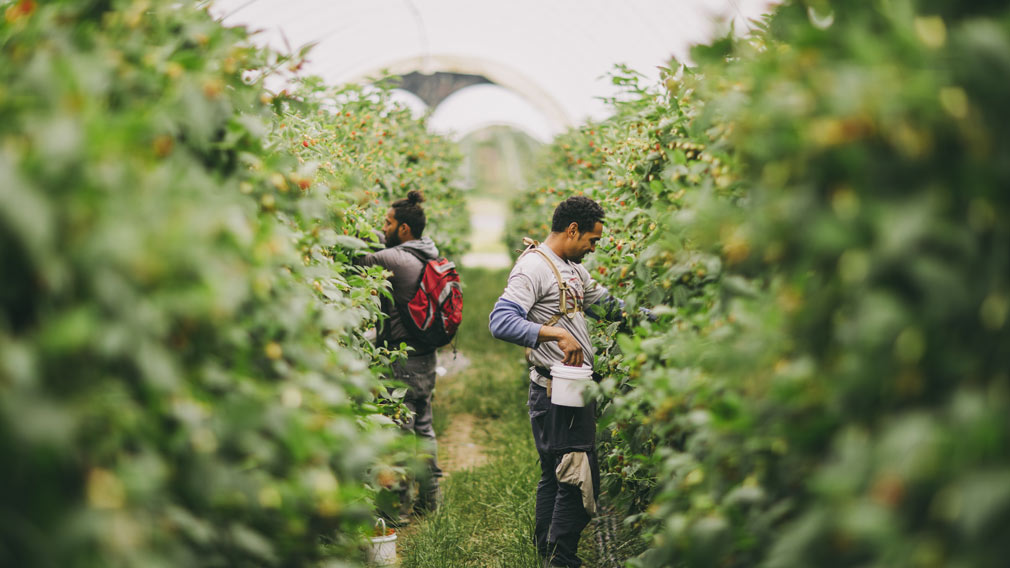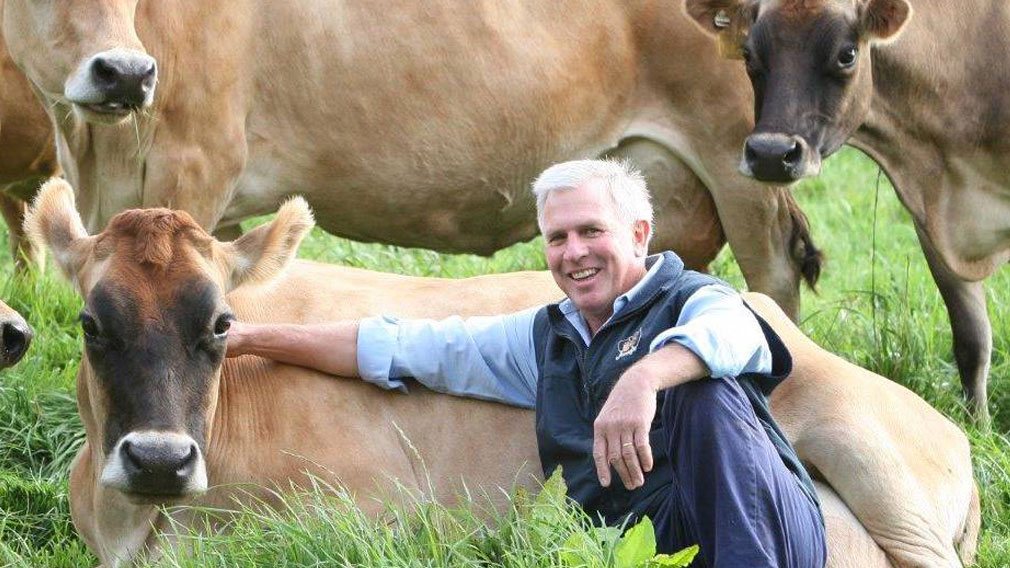Berry good solution for backpacker hiring

This year, Hillwood Berry Farm employed about 50 Tongans. Next year, it hopes to expand those numbers so that Tongans will make up about half the picking workforce (Image provided).
Automation has achieved a lot of things, but not yet how to pick strawberries with the delicacy of human fingers.
The need for people to pick strawberries (along with raspberries, blackberries and blueberries) has proven to be an ongoing headache for the Dornauf family’s Hillwood Berry Farm, near Launceston, Tasmania.
At the height of the six-month strawberry picking season, Hillwood needs 600,000 strawberry plants to be human-inspected for ripe berries each day, across about 75km of side-by-side plants.
To accomplish that, the operation needs about 250 pickers on any given day.
Until recently, Hillwood relied on backpackers for most of its workforce. This was a high-overhead process, says Simon Dornauf, Hillwood’s farm manager. Every intake of new workers required training, and only about a fifth returned the following year to apply the picking skills they had learned the year before.
The Commonwealth’s temporary worker visa program also made a few headaches for Hillwood. The program demands that backpackers work for 88 days in their first year in Australia before they are eligible to apply for a visa to carry them through a second year. Hillwood’s picking season extends across six months, and having staff depart after they had met the 88-day qualification left the operation with a mid-season staffing challenge.
The same frustration occurs right through Australia’s fruit and vegetable regions, including the fruit-growing districts around Darwin where, in recent years, millions of dollars of mangoes have rotted on the ground because adequate labour could not be found to pick the crop.
For Hillwood, and a growing number of other operations, a partial solution is the Seasonal Worker Programme. This provides favourable conditions for workers from nine Pacific Island countries, and Timor-Leste, to provide seasonal labour.
Dornauf says Hillwood has been bringing in Tongan workers for the past two seasons.
This year, it employed about 50 Tongans; next year, it hopes to expand those numbers so that Tongans will make up about half the picking workforce, along with about 20 Timorese pickers.
“These people are motivated in different ways to backpackers, who are usually just saving to get to their next destination,” Dornauf says.
“An East Timorese might earn about $150 a year (in their home country), and a Tongan $20 a day. Here they can earn upwards of $150–$200 a day, and they send most of it back to their families.”
“It means we get people who work hard for six months, spend some money in the local economy buying groceries and gifts, and then go back to their countries over winter, when we don’t have the work to carry them.”
Importantly, Hillwood has had about 80 per cent of Tongan workers return the following year, compared to 20 per cent of backpackers. This represents a huge saving in time and money, which would otherwise have been spent on training a new worker cohort.
The benefits of the Seasonal Worker Programme don’t come without significant risks, Dornauf says. Hillwood makes a big up-front investment in workers it gets on the programme. About $2000 per person has to be spent on a return airfare (a requirement of the programme), visa fees and health insurance. Hillwood also provides some initial spending money.
Most of this can be reclaimed, but about $500 cannot, and Hillwood loses that sum if the worker proves to be no good. That is the case with about 10–15 per cent of workers, although Dornauf says Hillwood tends to get a return on their investment before the worker departs.
“I’d love to say we were employing 100 per cent Aussie workers,” he says. “But that’s impossible, and the Seasonal Worker Programme is providing us with very good supplemental labour.”
The views expressed are those of the authors and do not reflect the Westpac Group.

